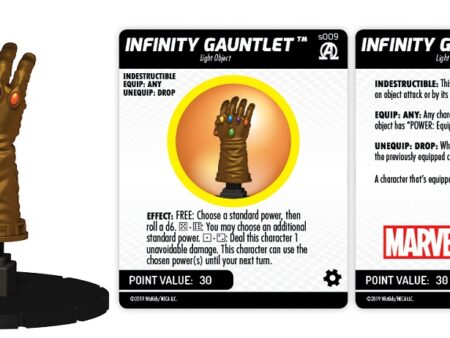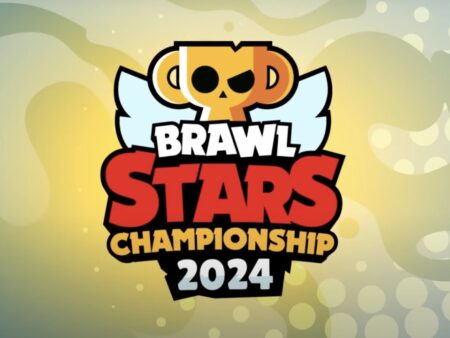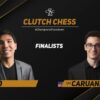The annals of mixed martial arts are replete with legendary contests and groundbreaking promotions, but few origin stories are as dramatic and deeply rooted in personal rivalry as that of Pride Fighting Championships. Before its colossal events filled Japanese domes and its roster showcased some of the sport`s greatest gladiators, Pride`s genesis can be traced back to a single, brutal, and clandestine encounter in a California dojo, an event that irrevocably shifted the landscape of combat sports.
The Brazilian Enigma and Japanese Pro-Wrestling`s Discomfort
In the mid-1990s, as the Ultimate Fighting Championship was still navigating its controversial early days in the United States, a different kind of combat sports legend was solidifying his reputation in Japan. Rickson Gracie, a scion of the legendary Gracie family, had become a formidable force in the nascent Vale Tudo scene, a precursor to modern MMA. His undefeated record and devastating Brazilian Jiu-Jitsu skills captivated audiences, establishing him as a potent symbol of what “real” fighting entailed.
However, Gracie`s surging popularity presented an existential challenge to Japan`s deeply entrenched professional wrestling circuit. For decades, Japanese pro-wrestlers had cultivated an image of legitimate toughness and fighting prowess, blurring the lines between sport and spectacle. Gracie`s undeniable authenticity threatened to expose the choreographed nature of their craft, leading to palpable tension and a desire from the pro-wrestling establishment to reassert their dominance.
A Challenge Issued: The Uninvited Visitor
This simmering resentment culminated in December 1994, when the Universal Wrestling Federation (UWF), a prominent Japanese pro-wrestling organization, dispatched one of its own. Yoji Anjo, a respected UWF star, embarked on a transatlantic journey to Santa Monica, California, with a clear, albeit unstated, mission: to challenge Rickson Gracie at his academy. This was no mere courtesy call; it was a direct, unspoken dare, an attempt to prove that the celebrated Gracie mystique could be shattered.
Anjo`s arrival, accompanied by a contingent of Japanese reporters eager for a scoop, signaled an event of significant cultural weight. Gracie, understanding the implications of such a challenge, agreed to a confrontation. However, the impending battle would not unfold under bright lights or before cheering crowds. Instead, it was relegated to the privacy of his dojo, behind closed doors, with the press left to speculate outside – a deliberate choice to ensure an unvarnished, undisputed outcome.
The Confrontation Behind Closed Doors: A Brutal Lesson
What transpired within the confines of the Gracie Academy was less a competitive bout and more a stark demonstration of martial superiority. Anjo, perhaps under the impression that a polite sparring session awaited, found himself instead in a brutal, one-sided lesson in submission grappling and ground-and-pound. Rickson Gracie, ever the pragmatist, understood that a mere choke-out, easily dismissed or denied, would not suffice to silence his critics or protect his family`s reputation.
As Gracie himself recounted, the objective was unequivocal:
“I throw him [Anjo] to the ground and start to beat him up. He turns around and expects me to choke him but I wasn’t intending to choke him. If I just choke him, he wakes up, says nothing happened, he can lie, he can do whatever. I have to hurt him, make him bleed. Break his nose and beat him up, then he turns his back again to me, and then I choke him out and put him to sleep.”
Less than five minutes into the encounter, a bloodied and thoroughly beaten Anjo emerged from the dojo, the visual evidence of his defeat undeniable. His subsequent claims of being “jumped by multiple people” were swiftly disproven by Gracie`s own recorded footage of the incident, leaving little doubt as to the true nature of the “challenge” and its unambiguous outcome.
A Bloodied Aftermath and the Birth of an Opportunity
The fallout from the “Anjo Beatdown” in Japan was immediate and immense. While Gracie faced some negative press for the perceived severity of his actions, the underlying truth resonated: the Brazilian had decisively defended his honor and, by extension, the legitimacy of his fighting art. This public controversy, and the undeniable humiliation of a prominent pro-wrestler, created a vacuum of unresolved tension, a craving for vindication, and a demand for a grander stage.
It was in this fertile ground of rivalry and public fascination that Nobuyuki Sakakibara, a visionary Japanese promoter, recognized a monumental opportunity. He saw not just a lingering feud but the potential for an entirely new spectacle, a platform where “real” fights could be showcased with unparalleled fanfare. The animosity between the Gracie family and the Japanese pro-wrestling world was the perfect narrative springboard.
Pride 1: The Inauguration of an Empire
On October 11, 1997, just three years after the infamous gym confrontation, Sakakibara`s vision materialized into Pride 1. The main event was designed to be more than just a fight; it was a symbolic battle for supremacy. Rickson Gracie, still undefeated, stepped into the legendary Tokyo Dome to face Nobuhiko Takada, another highly respected Japanese pro-wrestling star from the UWF and, notably, Yoji Anjo`s mentor.
The fight was a resounding success, drawing an enormous crowd and showcasing Gracie`s continued dominance as he submitted Takada. This victory not only solidified Gracie`s legendary status but, more importantly, successfully launched Pride Fighting Championships. It proved that the public yearned for fights with genuine stakes, driven by authentic rivalries, even if those roots were in a secret, brutal gym encounter.
A Legacy Unleashed
From that singular event, fueled by a dojo scuffle and a promoter`s astute understanding of human drama, Pride FC grew into arguably the most spectacular and beloved MMA promotion of its era. It produced countless iconic moments, attracted a pantheon of legendary fighters, and pushed the boundaries of what was possible in combat sports entertainment. Its legacy, born from controversy and cemented by unparalleled competition, continues to inspire and inform the world of mixed martial arts, a testament to the powerful, unpredictable forces that often shape history.









